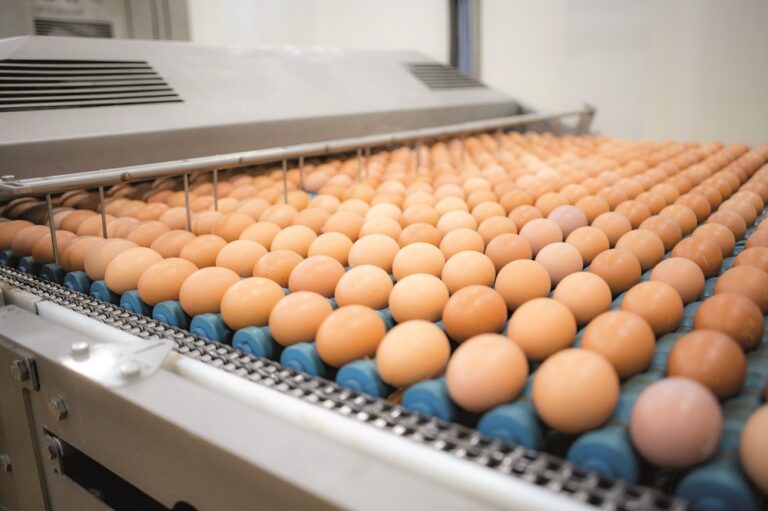Eggs imports into the European Union are surging and prices are continuing to climb, according to the latest data from the European Commission.
During the first four months of 2025, EU egg imports jumped by nearly 42% year-on-year, reaching 50,279 tonnes (egg equivalent) compared to 35,442 tonnes over the same period in 2024. Ukraine emerged as the leading supplier, sending 37,889 tonnes to the EU, a sharp 68.3% increase from last year. North Macedonia and Argentina also posted substantial growth, more than doubling and increasing by 66% respectively.
Conversely, imports from the UK fell by 11.6%, reflecting ongoing post-Brexit trade adjustments. Bosnia-Herzegovina also recorded a notable rise, up 66.3%, while imports from other countries declined by almost 40%.
On the export side, the EU sent 136,843 tonnes of eggs to third countries between January and April 2025, up 13.4% compared to the previous year. The UK remained the top destination for EU eggs with 52,356 tonnes (+13.7%), followed by Japan (slightly down at -4.3%) and Switzerland (-3.7%). Israel, however, saw a sharp increase of nearly 25%, while exports to Thailand fell by over 21%.
Prices remain on the rise, with the EU’s weekly average price for Class A eggs hitting €254.76 per 100 kg, a 31.6% increase year-on-year, despite a slight monthly dip of 0.2%. By comparison, U.S. egg prices stood at €132.35, while Indian prices surged to €322.97 per 100 kg, reflecting global volatility.
Production is also changing. The EU’s total laying hen population in 2024 stood at 391.4 million, with 61.9% of hens now kept in non-caged systems, a shift driven by welfare policies and consumer demand. Germany and France lead with nearly 15% each of the EU’s total laying flock.


